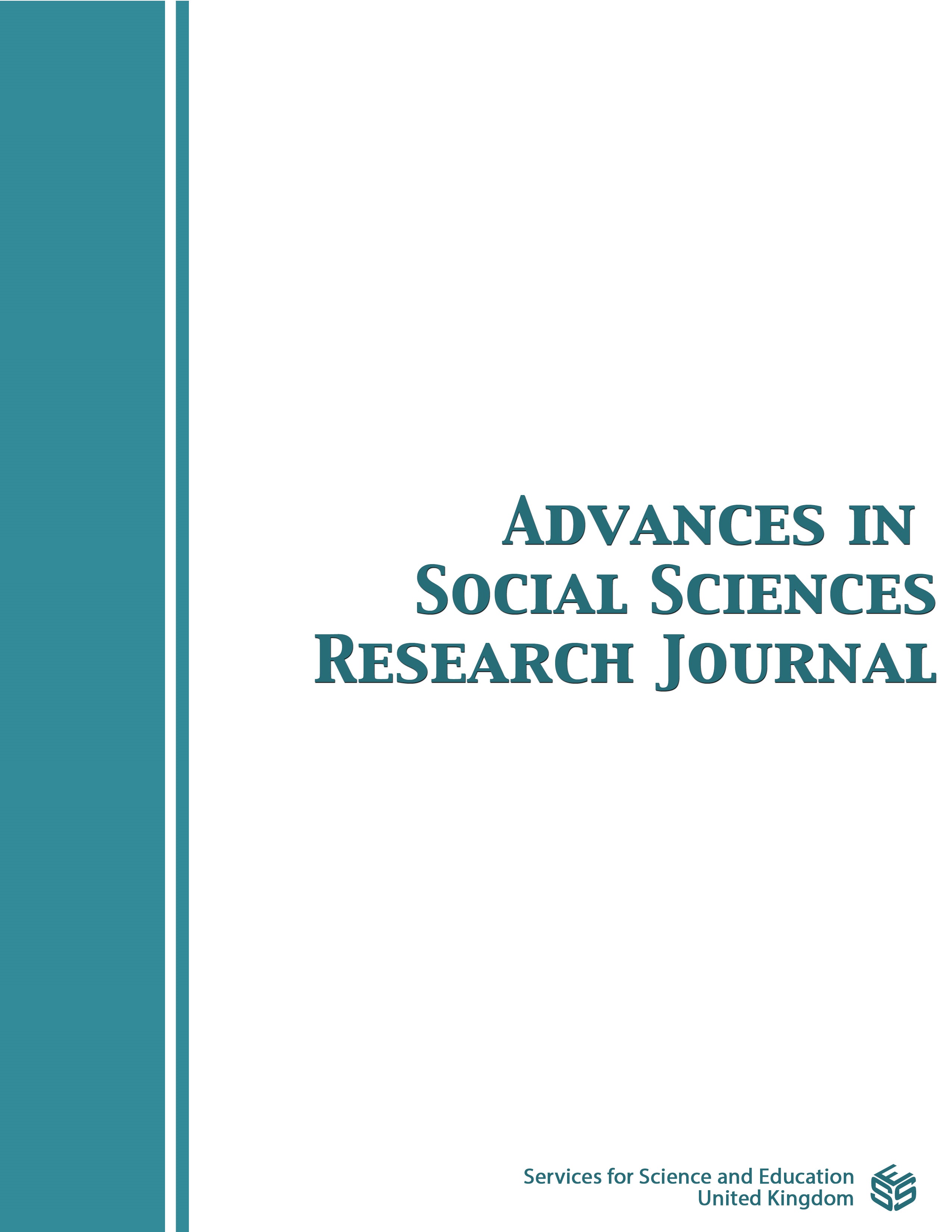Exploring Patterns and Predictors of Internet Usage Among Undergraduate Medical Students in the UAE: A Mixed-Methods Study
DOI:
https://doi.org/10.14738/assrj.1206.18950Keywords:
responsible internet use, medical education, digital behaviour, internet usage, self-regulation, mixed methods UAE higher educationAbstract
Increased digital access has transformed medical education, offering unparalleled access to information and connectivity, raising concerns about unregulated internet use. This study explores how undergraduate medical students used the internet during the pandemic. Conducted at the Mohammed Bin Rashid University of Medicine and Health Sciences (MBRU) using a mixed-methods design, the research combined a survey of students across all years (quantitative phase) with semi-structured interviews (qualitative phase). The quantitative phase utilized a structured survey comprising two sections: the first captured personal demographic data, while the second assessed the frequency of internet use and levels of dependency. The qualitative phase used semi-structured interviews to deepen understanding of usage contexts and coping strategies. Preliminary results indicate that while academic use dominates, leisure and social connectivity are significant drivers of daily internet engagement. Factors like self-regulation, intrinsic motivation, and intentional boundaries predicted healthier internet usage patterns. Findings inform culturally relevant tools and strategies to support balanced digital habits in medical education. This study offers insights into the developmental context of medical students’ digital behavior and lays the groundwork for designing targeted interventions and culturally attuned assessment tools. Promoting responsible internet use is essential for academic success and well-being in the digitally saturated landscape of modern medical education.
Downloads
Published
How to Cite
Issue
Section
License
Copyright (c) 2025 Bhavana Nair, Anita Dani, Maha Ali Alqutami AlSuwaidi

This work is licensed under a Creative Commons Attribution 4.0 International License.
Authors wishing to include figures, tables, or text passages that have already been published elsewhere are required to obtain permission from the copyright owner(s) for both the print and online format and to include evidence that such permission has been granted when submitting their papers. Any material received without such evidence will be assumed to originate from the authors.






